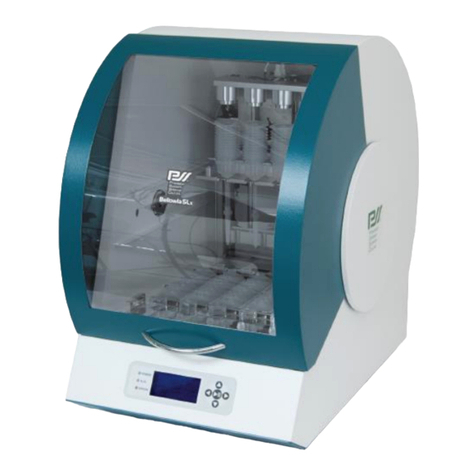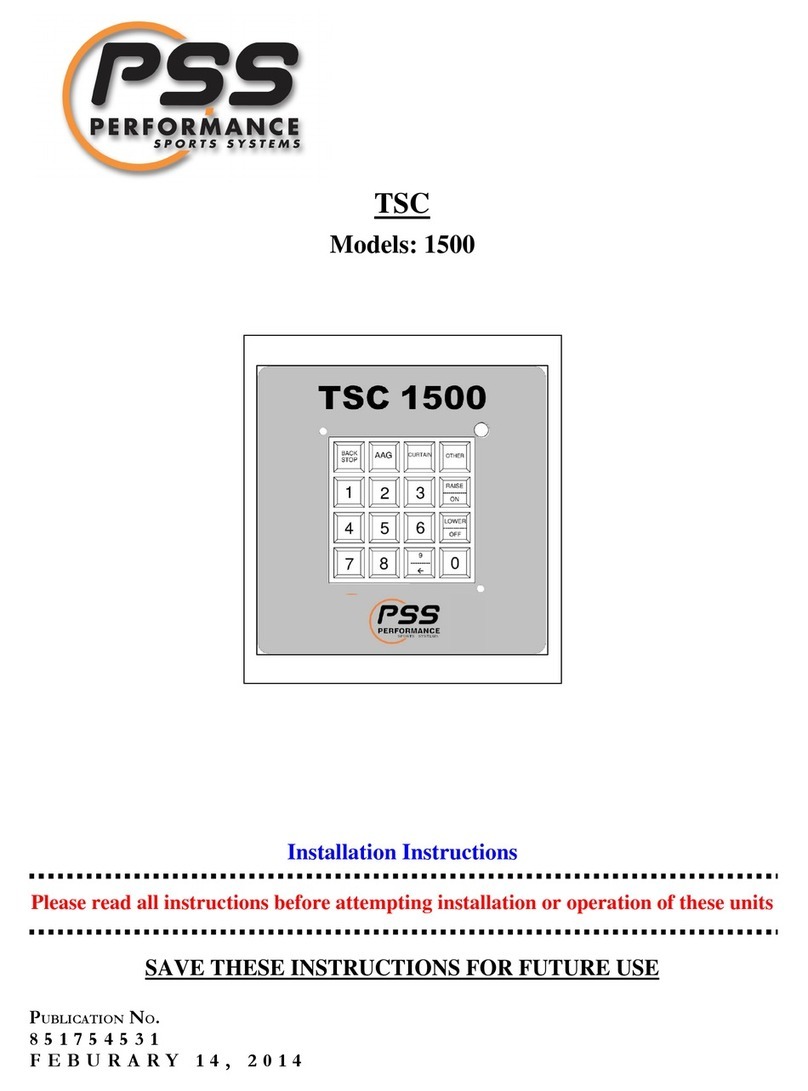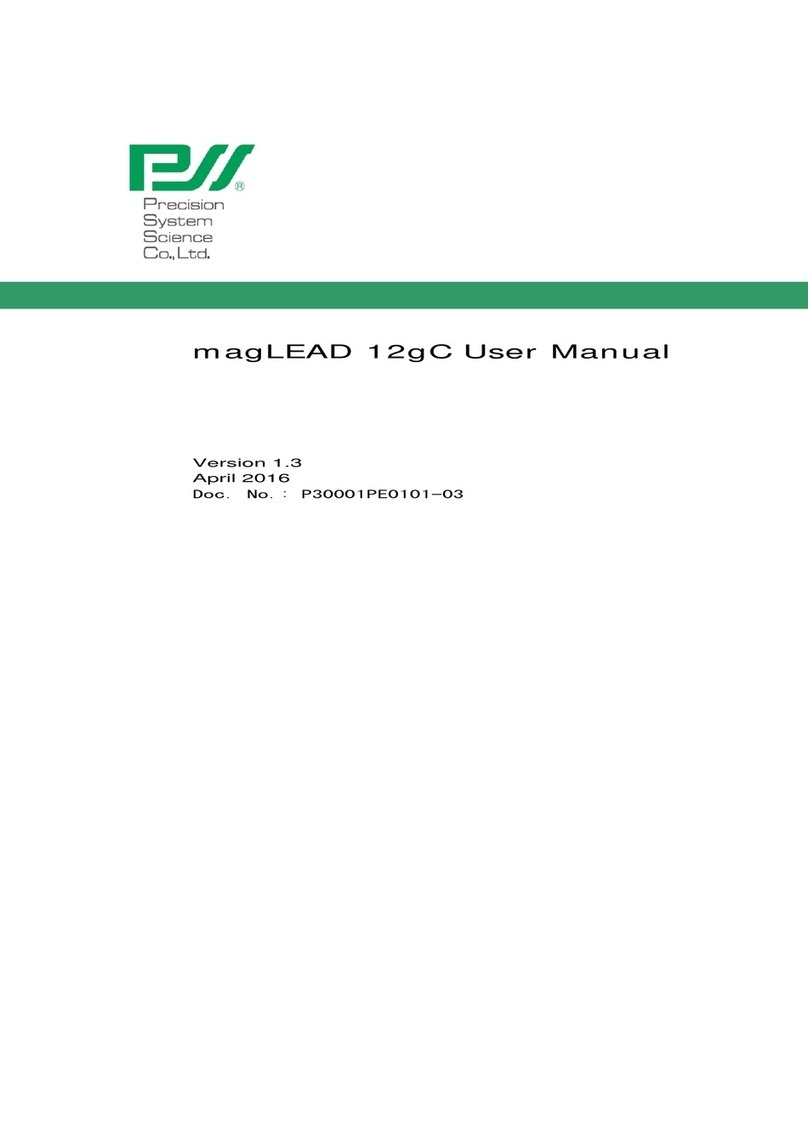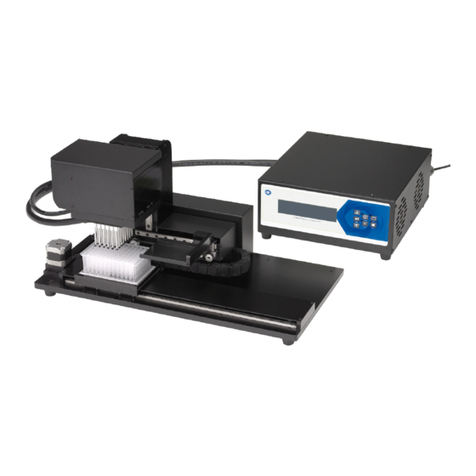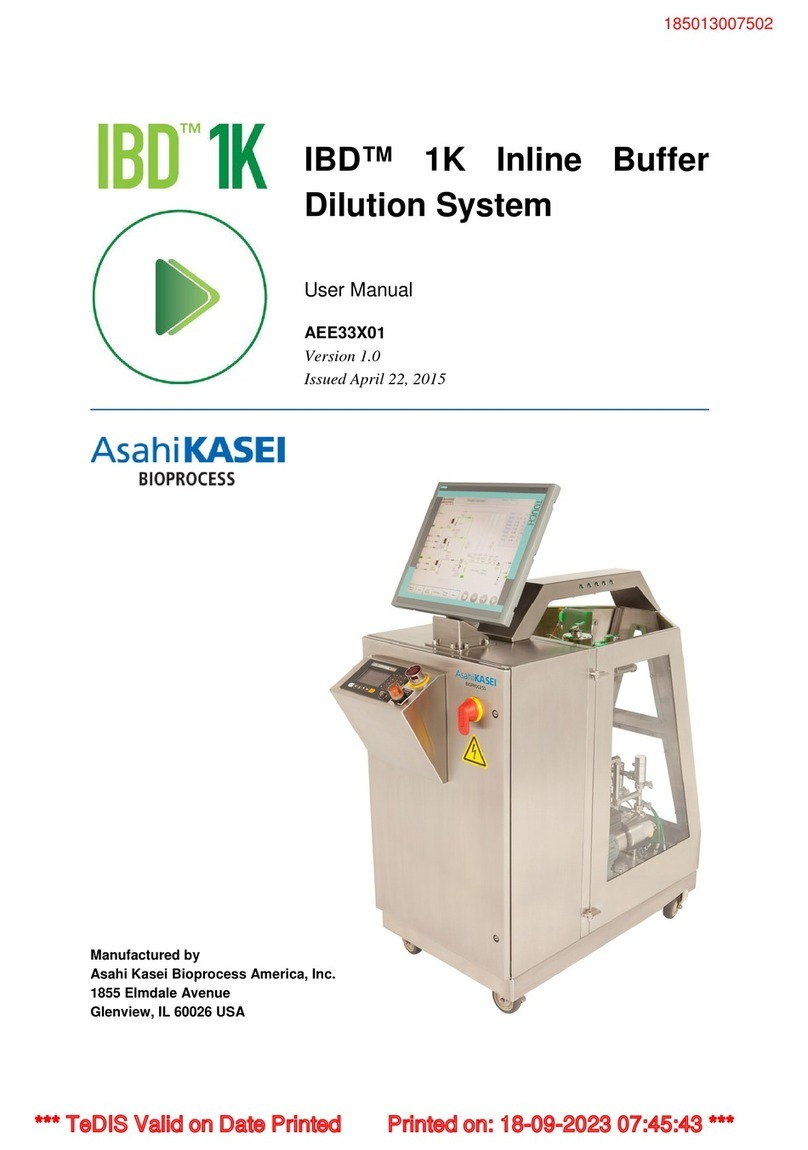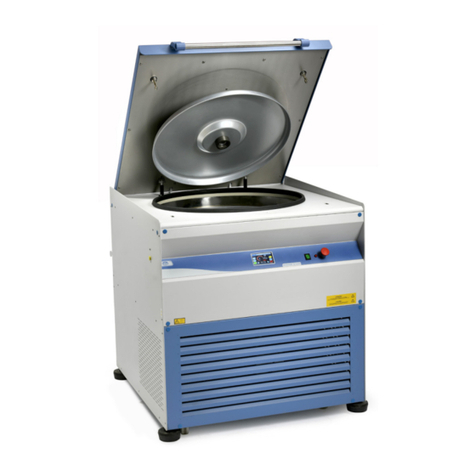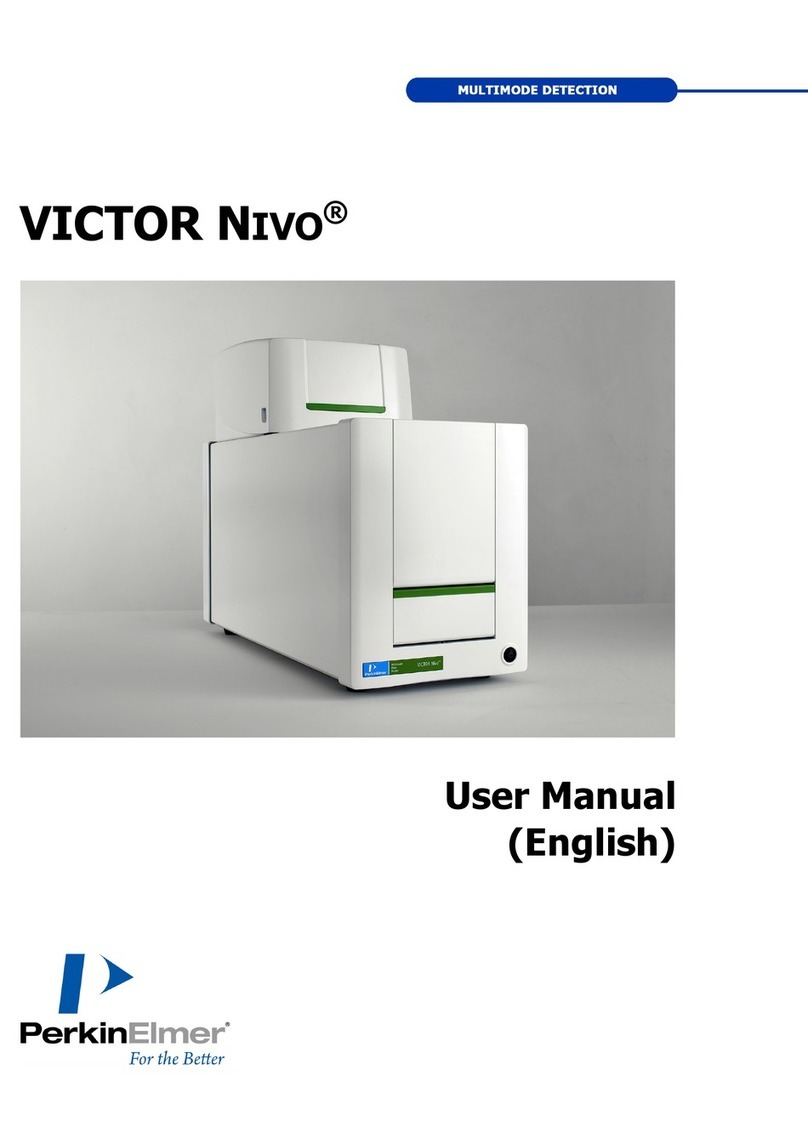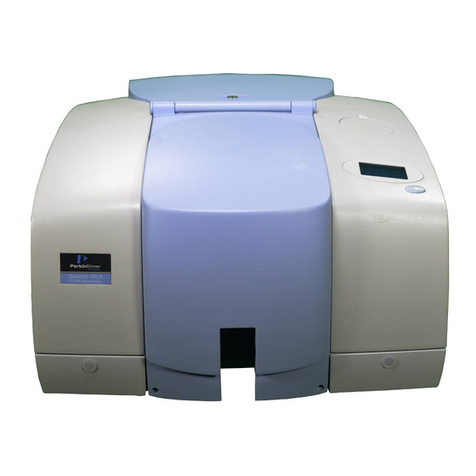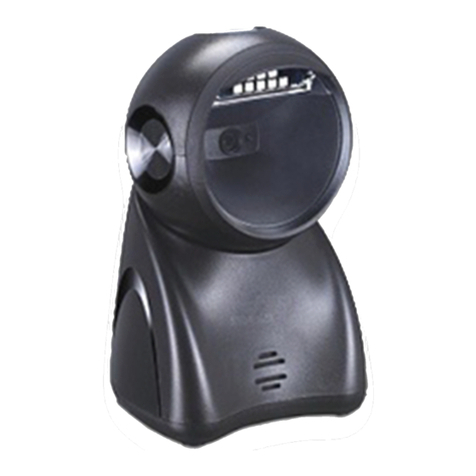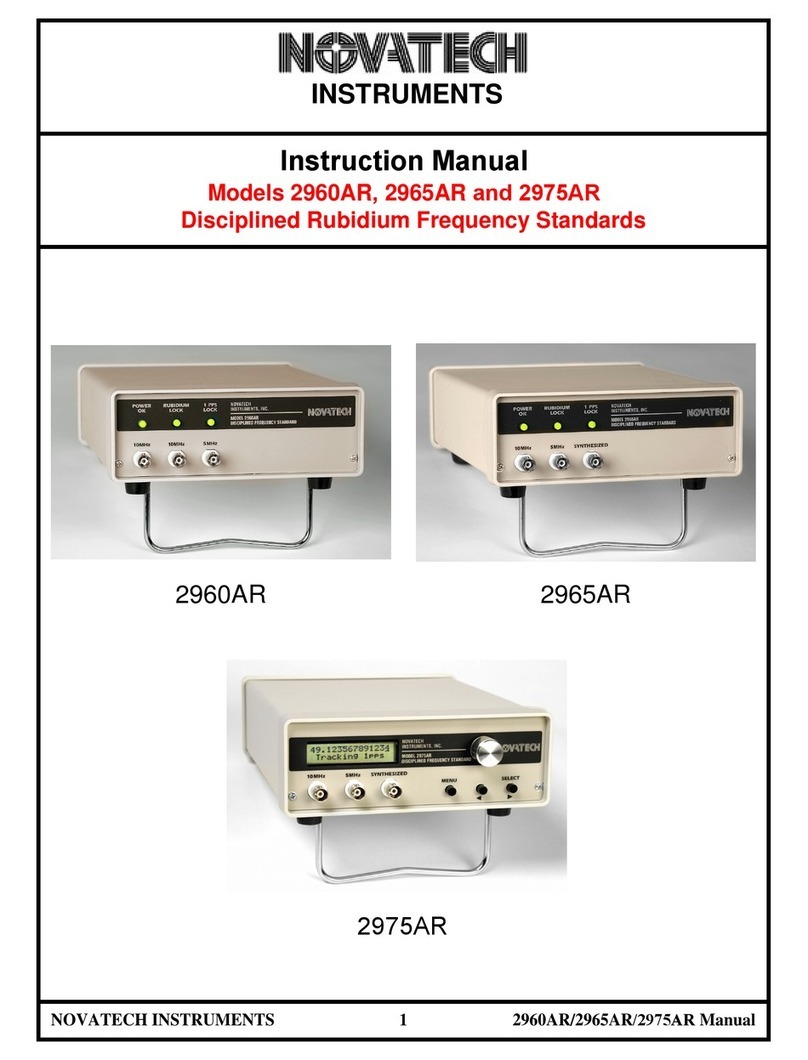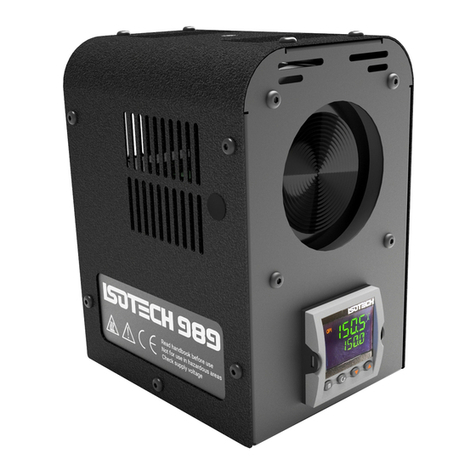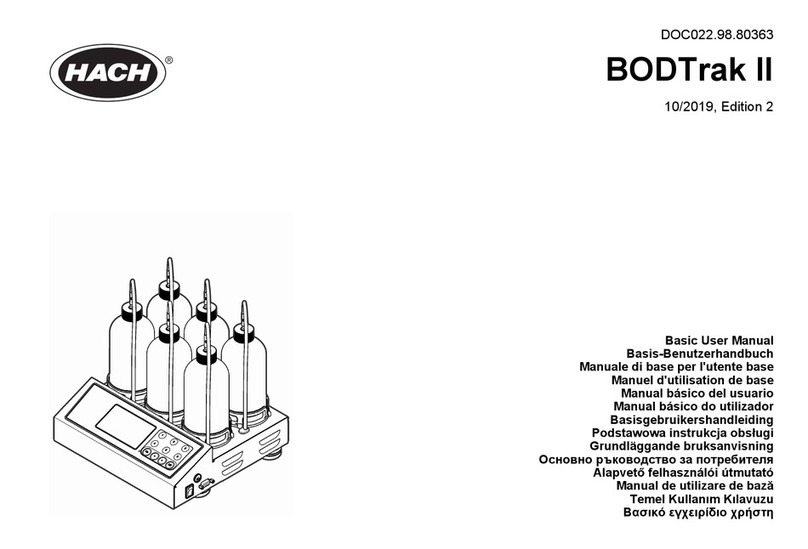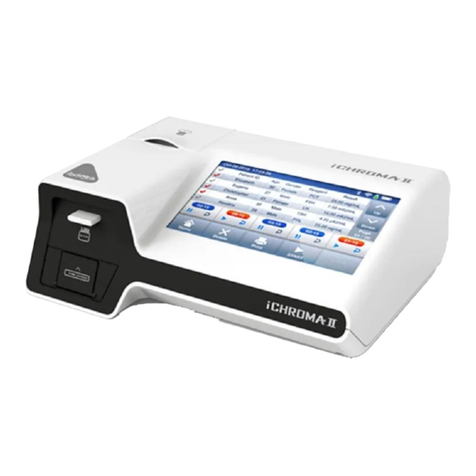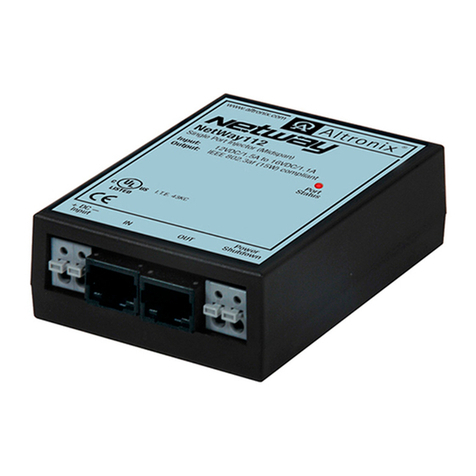PSS MCX GPC User manual

PSS Polymer Standards
Service GmbH
In der Dalheimer Wiese 5
55120 Mainz |Germany
Polymer Standards
Service-USA, Inc.
160 Old Farm Rd, Suite A
Amherst | MA 01002 | USA
Phone +49 6131 96239-0
Fax +49 6131 96239-11
E-Mail info@pss-polymer.com
Web www.pss-polymer.com
Phone +1 413 835-0265
Fax +1 413 835-0354
E-Mail pssusa@pss-polymer.com
Web www.pss-polymer.com
Quick Start PSS MCX GPC/SEC Columns
1. Introduction
Thank you for choosing a PSS MCX column. It is a high quality, high performance product ready for
immediate use. This Quick Start Guide is designed to get the user up and running quickly with the
common, compatible solvents.
For detailed information on care and use in a wide range of solvents, replacement parts and
accessories, download the Full User’s Guide:
www.pss-polymer.com/Resources/manuals/FullUsersGuide_MCX_E.pdf
PSS MCX columns are packed with highly porous particles of a sulfonated styrene-divinylbenzene
copolymer and are supplied as standard in water with 0.75mmol sodium azide. Each column has a
unique serial number and is quality checked for efficiency in the eluent in which the column was
ordered. The test conditions and results are shown on the enclosed certificate of analysis (CoA).
Please keep this in a safe place for future reference.
1.1 Specifications
Column Type
Max. Operating
Pressure
per column
bar / psi
Max. Operating
Pressure for
3 Column Set
bar / psi
Max.
Operating
Temperature
Efficiency
Plates/m
Dextran p1 in
water 0.75mmol
NaN3
MCX 5µ
60 / 870
120 / 1740
80°C
>40.000
MCX 10µ
40 / 580
80 / 1160
80°C
>20.000
MCX Prep
40 / 580
80 / 1160
80°C
>15.000
1.2 Solvent Compatibility
PSS MCX is compatible with a wide range of aqueous eluents and has optimum performance, when
used with eluents, which have a pH in the range 7.0 to 13.0 for the analysis of sulfonated polyanions.
Transfer to compatible eluents is easy provided the guidelines in this user manual are followed. For
solvents outside this pH range, other PSS column materials may be more appropriate to maintain a
balance between sample ionic character, eluent pH and packing material polarity for a size only based
separation based on the Magic Triangle concept. Please visit the PSS website for more information.
Parameter
Range
Comment
pH Stability
1-13
Chemical stability
Optimum pH range
7-13
Due to anionic nature of the surface
Temperature
<80°C
Operate at 10°-35°C for optimum column lifetime
Organic modifiers
<100% v/v
e.g Methanol, Acetonitrile, Tetrahydrofuran
Salts
< 0.5M
e.g.NaN3, NaCl, NaNO3
Buffers
Compatible with most commonly used buffers
2. Column Installation
When using the column for the first time it is recommended to use the eluent that the column was
originally supplied in and to perform a system plate count noting the backpressure. However, this is
not essential.
2.1 Preparing the GPC/SEC system
Remove any existing columns and store according to the manufacturer’s instructions. Connect the
injector directly to the detector with appropriate tubing and connectors. Transfer the GPC/SEC system
from the current eluent to that required, paying attention to the miscibility and compatibility with the
hardware as per the manufacturer’s instructions.

PSS Polymer Standards
Service GmbH
In der Dalheimer Wiese 5
55120 Mainz |Germany
Polymer Standards
Service-USA, Inc.
160 Old Farm Rd, Suite A
Amherst | MA 01002 | USA
Phone +49 6131 96239-0
Fax +49 6131 96239-11
E-Mail info@pss-polymer.com
Web www.pss-polymer.com
Phone +1 413 835-0265
Fax +1 413 835-0354
E-Mail pssusa@pss-polymer.com
Web www.pss-polymer.com
2.2 Eluent Flow Rate
Column Dimensions
Typical Flow Rate
ml/min (Min. – Max.)
Optimum Flow Rate
ml/min
Column Volume
ml
50mm x 8.0mm
0.3 - 2.0
1.0
2.5
300mm x 8.0mm
0.3 - 2.0
1.0
15
50mm x 20mm
1.0 – 12
6.25
15
300mm x 20mm
1.0 – 12
6.25
90
Avoid subjecting the column to any shocks, such as sudden changes in flow rate. When applying flow
to the column, set the flow rate to 0.0 ml/min and turn the pump on. Always increase the flow rate in
small increments e.g. ¼ Optimum Flow Rate every 15 seconds until the desired operating flow rate is
reached.
Even if the flow is in the allowed range, do not exceed the maximum pressure recommended.
2.3 Temperature
To increase the temperature, use a low flow rate initially and heat the column at a rate no greater than
2°C/min, ensuring that the final operating temperature is at least 10°C below the boiling point of the
eluent. When at temperature, the flow can be increased to the required rate. To cool the columns
down, set a low flow rate and turn the heating off allowing the columns to cool down naturally. The
maximum operational temperature is 80°C.
2.4 Tubing
For best results, use 1/16” OD stainless steel tubing for connections between columns, injectors and
detectors. The ID of the tubing should be 0.007” for micro, 0.010” for analytical and 0.020” for
HighSpeed and preparative columns. For optimum performance, use short lengths of machine-cut
capillary tubing thus ensuring that the tubing fits flush inside the fitting, minimizing dead volume and
system dispersion.
Plastic tubing, such as PEEK, should be used with caution, checking the temperature and
pressure ratings.
2.5 Connectors
Different equipment and column manufacturers use similar, but subtly different, fittings. The
performance of the system can be negatively influenced or, in the worst case, damage can occur if
care is not taken. For best results use standard stainless steel 1/16” nuts and one piece ferrule
compression fittings.
Attention and Warning: The distance from the ferrule to the end of the capillary (stop depth
or seating depth) has to be 1mm (see below). Different manufacturers have differing lengths
of tubing protruding from the ferrule.
Check the compatibility of the two connectors between the column and the
injector and detector. For best practice, use new connectors with the PSS
MCX column.
2.6 Connecting the Column to the Injector or the Preceding Column in a Set
Please use care when you install and test your new column. Remove the end plugs from the column
and set aside for use when storing the column. When making the connections, place the wrenches on
the fitting screw and column end fitting. Under no circumstances use the flats that are machined on the
column body.

PSS Polymer Standards
Service GmbH
In der Dalheimer Wiese 5
55120 Mainz |Germany
Polymer Standards
Service-USA, Inc.
160 Old Farm Rd, Suite A
Amherst | MA 01002 | USA
Phone +49 6131 96239-0
Fax +49 6131 96239-11
E-Mail info@pss-polymer.com
Web www.pss-polymer.com
Phone +1 413 835-0265
Fax +1 413 835-0354
E-Mail pssusa@pss-polymer.com
Web www.pss-polymer.com
Tip: When using PSS MCX columns with laser light scattering detectors, it is recommended that
they be purchased pre-equilibrated for light scattering (Lux version, precolumn P/N 299-2200,
analytical P/N 299-2201). Extra steps must be undertaken to obtain optimum low noise baselines.
Filtering solvents under vacuum through a 0.2µm filter and avoiding the use of salts and other
additives in the eluent can improve performance.
Noting the direction of flow etched on the column, connect the inlet fitting with the injector or preceding
column using the appropriate nuts and new ferrules at each end of the tubing. Ensure that the capillary
is as far as possible into the injector or column head before tighten the nut. Do not overtighten. The
nut should be tightened enough so that the ferrule bites into the capillary tubing and no leak occurs.
Excess force should not be required.
To prevent trapped air being pumped into the column, unscrew the nut at the column inlet and slowly
pump a few drops of eluent to waste before reconnecting the column.
2.7 Connecting Columns in Series
For connections between columns use the column connector delivered with each PSS MCX column.
The precolumn should be connected to the injector and the remaining pore sizes connected in
sequence of increasing pore size so that the largest porosity is closest to the detector. Each time a
column is added, follow the procedure 2.6 above.
2.8 Connecting the Column to the Detector
Connect the outlet fitting of the column to a long piece of 1/16” tubing to take the eluent to the waste.
Pump 3-4 column volumes of eluent through the column to waste at the recommended operational
flow rate. Check for any leaks. Stop the flow, remove the waste tubing from the outlet and connect to
the detector using the appropriate nuts and new ferrules at each end of the tubing. Apply the desired
flow rate, again checking for leaks. As soon as the detector has stabilized, the column is ready for use.
2.9 Testing Column Performance
To verify correct installation, the column can tested by measuring the plate count/meter and the
resolution to compared with the CoA noting that the measurements are a reflection of the dispersion in
the whole system and not just the column alone. See the Full User’s Guide for details. Also note the
back pressure in the chosen eluent. These parameters can be used to monitor ongoing column
performance and to diagnose problems.
3. Usage Guidelines
3.1 Eluent Preparation
Use high quality HPLC grade eluents, free from large particles filtered using a 0.45µm filter if required.
De-gas the eluent thoroughly, preferably using an online degasser.
3.2 Transferring to different solvents
Only use PSS MCX columns with compatible eluents.
Prepare the GPC/SEC system with the new eluent. Connect the column/column set to the injector and
attach some 1/16” tubing to the outlet directed to waste. Pump approx. two column volumes of the
eluent at a tenth the optimum flow rate through the column(s) and then slowly increase the flow rate to
half the optimum flow rate and pump a further eight column volumes e.g. for 300mm x 8.0mm
columns, start at 0.1mls/min and increase to 0.5mls/min. Stop flow and connect the column(s) to the
detector. Start flow and increase the flow rate step by step up to the desired value. Ensure that all
detector lines are completely purged and that the system is thoroughly equilibrated before making
measurements.

PSS Polymer Standards
Service GmbH
In der Dalheimer Wiese 5
55120 Mainz |Germany
Polymer Standards
Service-USA, Inc.
160 Old Farm Rd, Suite A
Amherst | MA 01002 | USA
Phone +49 6131 96239-0
Fax +49 6131 96239-11
E-Mail info@pss-polymer.com
Web www.pss-polymer.com
Phone +1 413 835-0265
Fax +1 413 835-0354
E-Mail pssusa@pss-polymer.com
Web www.pss-polymer.com
3.3 Sample Preparation
Samples and polymer standards used for column calibration should be prepared in the same eluent as
the GPC/SEC system. To minimize so called “solvent peaks” when using RI detection, use eluent
taken directly from the solvent reservoir of the GPC/SEC system.
Sample Injection Volume and Concentration
The total amount that can be injected without deterioration in separation performance is dependent on
the number of columns in the columns set and is calculated from the product of injection volume and
the sample concentration. A modern approach is to keep the injection volume small to minimize
dispersion caused by the loop itself and to vary the sample concentration according to the number of
columns. The table below is given for guidance only. Large pressure surges related to the injection
must be avoided. It may be that for viscous solvents, viscous samples (typically very high molecular
weights) and smaller particle size GPC/SEC packings that steps must be taken to reduce the pressure
surge. These include but are not restricted to, using lower concentrations, larger injection volumes,
lower flow rates and increasing column temperature.
Sample, Molecular Weight
Conc.
g/l
Flow Rate
ml/min
Inj. Vol. Column Set
µl
Column dimensions mm (L x ID)
250 x 4.6
300 x 8.0
300 x 20
50 x 20
Plate Count
1
Optimum
5
20
50
Narrow Stds < 1M Da
1
Optimum
5
20
<1000
Narrow Stds > 1M < 3M Da
< 0.5
Optimum
5
20
<1000
Narrow Stds > 3M Da
< 0.5
½ Optimum
5
20
<1000
Broad Stds, samples < 1M Da
1-3
Optimum
10
50
<1000
Broad Stds, samples > 1M Da
< 1
½ Optimum
10
50
<1000
Always ensure that samples are completely dissolved prior to injecting on the GPC/SEC system. High
molecular weight materials require several hours for complete dissolution and are best left overnight
prior to injection. Sample filtration (0.5µm or, for samples above 1M Da, 2.0µm) should be used after
complete dissolution of the sample, to prevent blockage of the columns. However, it should be noted
that filtration may potentially remove some of the sample as well as unwanted particulates.
To avoid damage of the primary column system through adsorption of sample impurities or
contaminants within your samples we strongly recommend the use of a precolumn.
4. Care and Maintenance
4.1 Storage
If the columns are to be used again within one week, then it is not necessary to put the columns into
storage provided the eluent used does not degrade and there is no chance of salt precipitation. If
feasible, the GPC/SEC system should either be put into recycle mode or be run at a very low flow rate.
Never leave the columns at elevated temperatures without flow and at no stage must the columns be
allowed to dry out. If recycle mode is used, replace with fresh eluent when the system is used again.
Replace any eluent that contains salt or acids with pure eluent before storage. Store the columns in
water/NaN3in order to prevent microbial growth. When removing the column(s) from the system, the
end plugs must be replaced to prevent the column(s) drying out. Store in a cool place but never let the
eluent freeze.
This manual suits for next models
1
Table of contents
Other PSS Laboratory Equipment manuals
